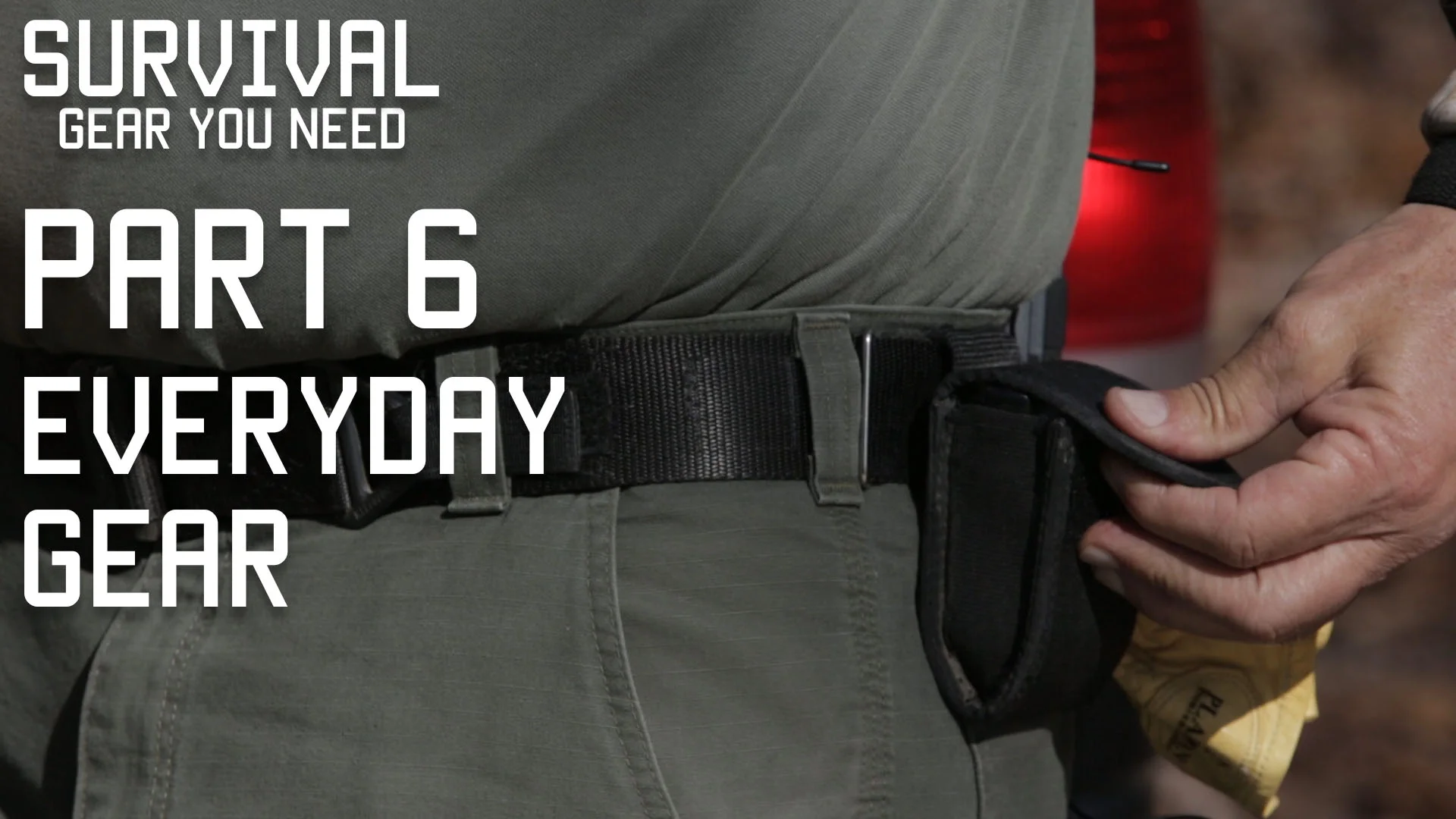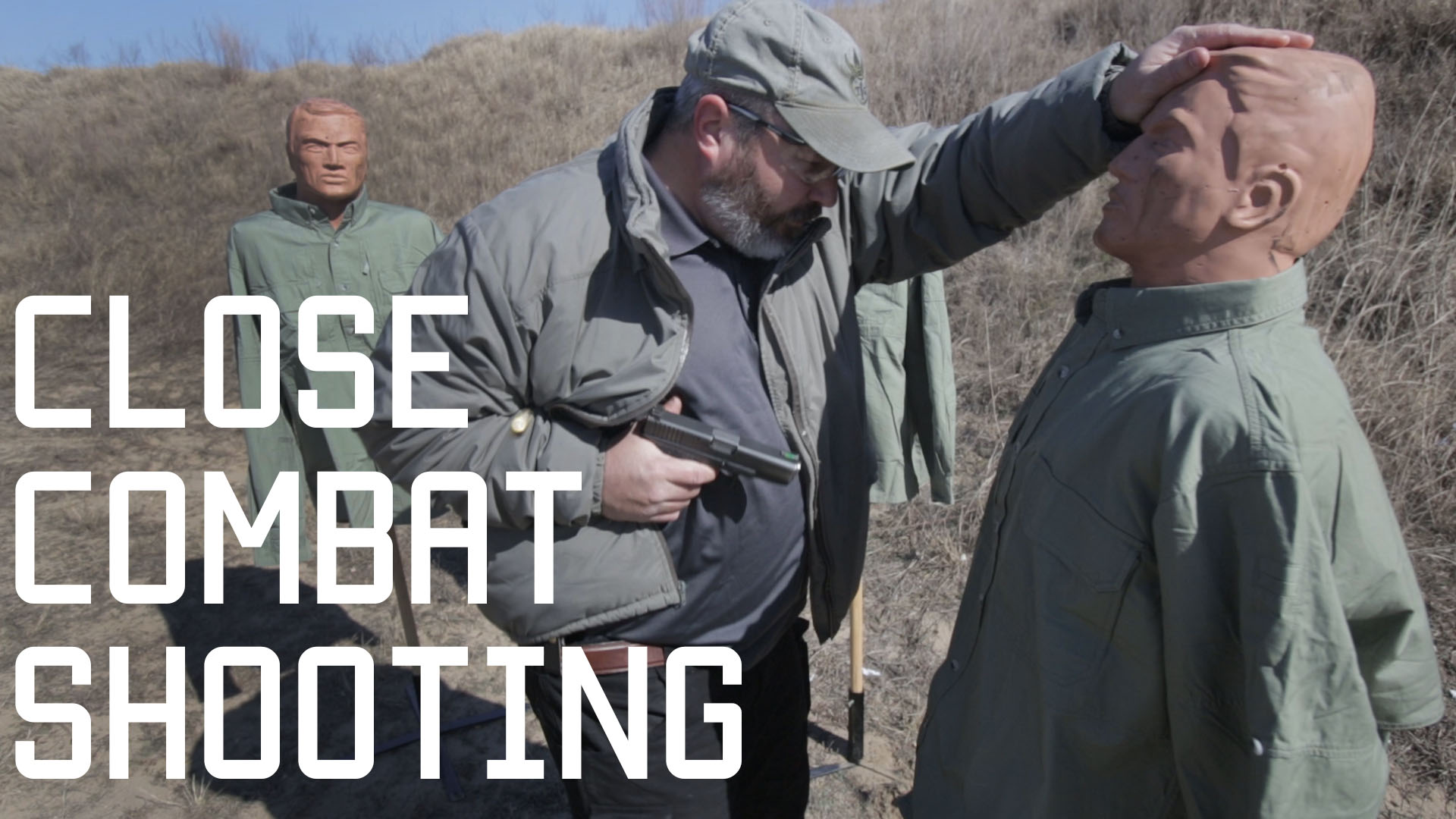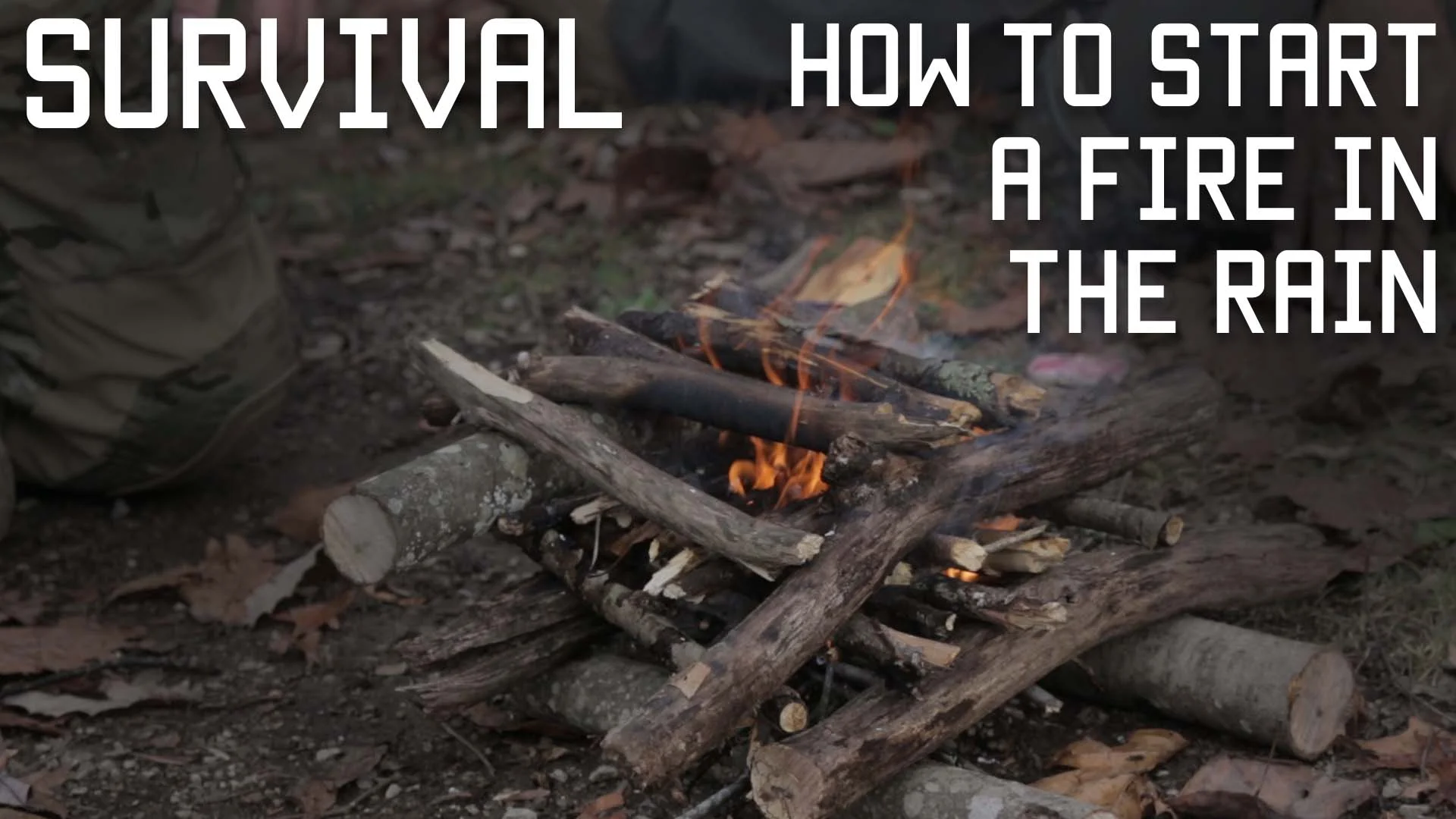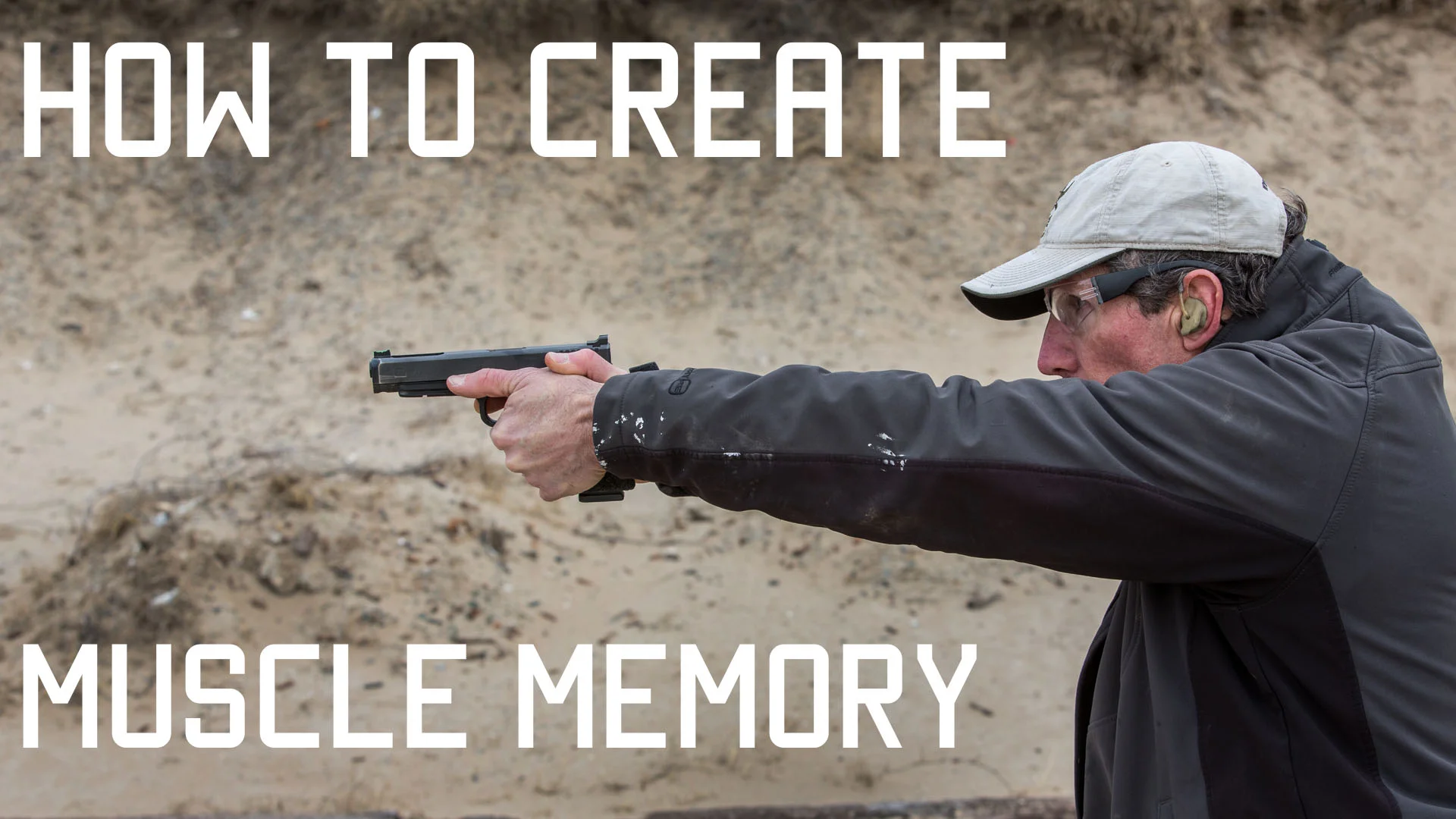There are many elements to surviving in potentially deadly or hazardous situations. For this video we worked with Randy “Rawhide” Wurst, from Wurst Case scenario survival school. Randy is one of four guys who wrote the classified survival manual for SOCOM.
Part 6: Your personal body/ belt/ clothing: On my neck I always have a (NaNo light) with a small Swiss Army Knife on a chain. I now have on me in any situation a light source and a small knife with useful tools built in the knife.
In my pockets I have a toothbrush, reading glasses, leather gloves, & a Bic lighter. You must keep your teeth & gums stimulated and clean of plaque. If your old like me you need to see close up for detail work. Leather gloves protect my hands, if you damage your hands you can lose up to 50% of your capabilities. A Bic lighter, so I always have a device to light a fire with one hand. If I have a jacket on I have a white or red signaling light attached to an outside pocket. If I can’t yell or call out, or move I can use the small signal light to attract attention to my position.
Personal clothing: I wear what is appropriate for the season and weather conditions. I always wear rip-stop cargo pants, or shorts, and I always wear long sleeve shirts. I can always roll up a long sleeve shirt, but I can’t roll down a short sleeve shirt. If the weather is hot and if I’ll be in and out of water I wear light weight Danner lace boots, but almost every other time I wear Gortex Danner or Rocky boots. If you damage your feet you can’t walk very well. I will always have a hat on for the weather conditions I will encounter, and I will always wear a belt.
Whenever possible I will always carry a walking stick. I will have in a shirt or jacket pocket an energy bar or powder. I always have gum too!
For these videos we worked with Randy “Rawhide” Wurst, from Wurst Case scenario. I will break it down to the layers according to “Randy’s world.” A short explanation is needed here. Primitive skills are great and one needs to know them and get proficient with those skill sets; but just having said that, we live in the 21st century, and if you can’t see the value of 21st tool/ equipment you should be using, you should be eliminated from the gene pool. “Just Saying”.








































